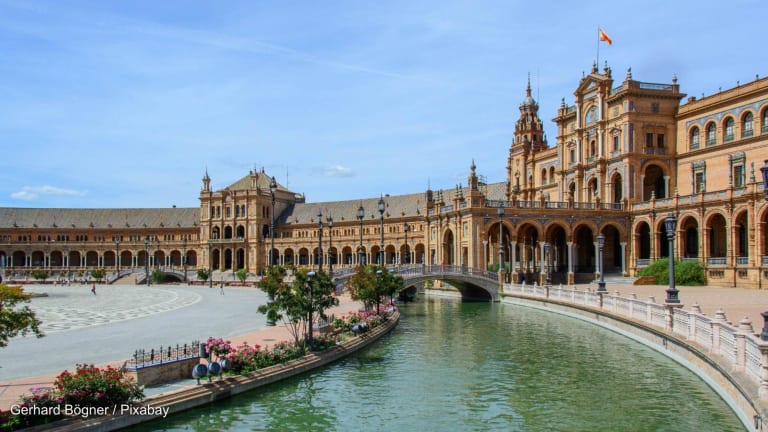Diplomats and officials heading to Baku, Azerbaijan, for COP29 — this year’s United Nations climate conference — must be shaken by the latest humanitarian emergencies: Catastrophic floods in Spain, Senegal, and Sri Lanka to name a few in October alone, all with significant human and financial impacts. The human impact — and the imperative to act — escalates each day.
At COP29, global attention will turn to the question of funding the climate goals and development needs of lower-income and vulnerable nations. We are faced with a harsh reality: Low and middle-income countries need at least an additional $2.4 trillion annually by 2030 to achieve climate targets and Sustainable Development Goals.
However, commitments to provide the needed financing have fallen woefully short, with huge and growing impacts for vulnerable countries grappling with severe climate impacts and lower-income countries struggling to achieve the SDGs.








